Camping is a wonderful way to unplug from the bustle of daily life and experience nature in its purest form. With 30 state parks and over 30 million acres of public land, Idaho is home to some of the best camping areas in the western United States, offering the perfect mix of scenery and solitude. Whether you’re pitching a tent while backpacking, or enjoying a long weekend at a State Park campground, it’s important to understand the basic practices that ensure these pristine places remain unspoiled for future generations to enjoy.
Check out these tips to help preserve both developed and dispersed camping areas.
Developed Camping vs Dispersed Camping
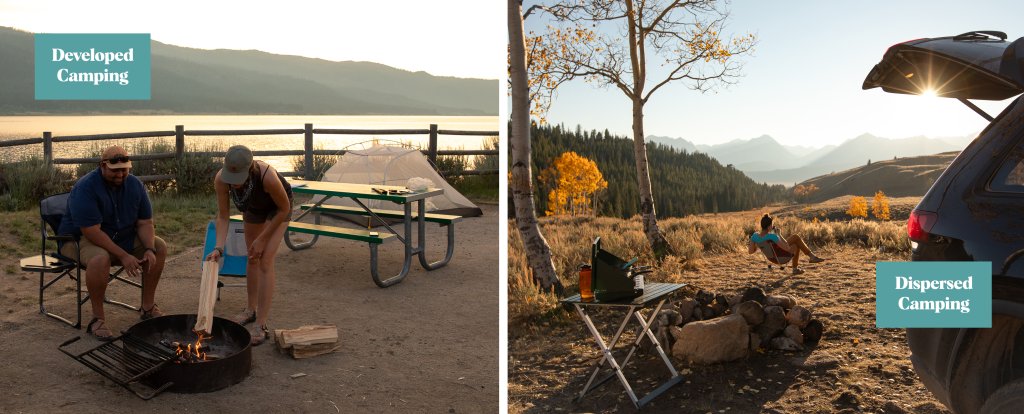
Developed camping areas are managed campgrounds with numbered sites, and they often include amenities like metal fire rings, tables and grills. Developed campgrounds typically have bathroom facilities, and many have water and electrical hookups for motorhome and campers. These campgrounds may have on-site hosts or check-in kiosks, and they are either privately owned, or managed by cities, counties, states or federal agencies, like Idaho Parks and Recreation (IDPR), the U.S. Forest Service (USFS) or Bureau of Land Management (BLM). These campgrounds are generally reservable online, which takes the guesswork out of finding a spot.
Dispersed camping, also known as wild camping or boondocking, refers to primitive sites outside of developed campgrounds in remote areas. Dispersed camping is most commonly used as a term by car campers, but it also includes backcountry camping (i.e., backpackers selecting campsites in the wilderness). Dispersed campsites do not have amenities like bathrooms or picnic tables, and campers are responsible for bringing all necessary supplies, including water and waste disposal methods. Dispersed sites often have rock campfire rings, and when Stage 1 fire restrictions are initiated, these are the first places to prohibit campfires. These areas are typically managed by federal agencies like USFS or BLM, and they are free and available on a first-come, first-served basis. In Idaho, dispersed car camping sites are most frequently located off of forest roads, either on spurs or in large pullouts.
Campsite Selection
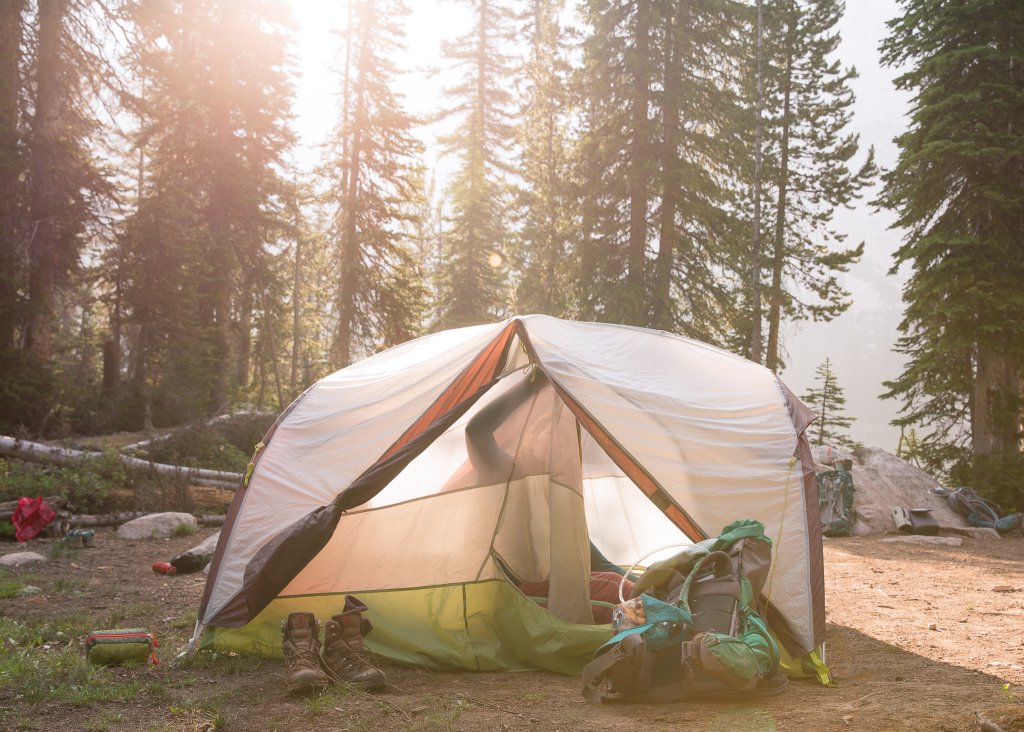
Campsite selection in developed areas is a fairly simple process, as campers either select a numbered site upon arrival, or choose one when making a reservation. However, dispersed camping requires more preparation and awareness due to the lack of established amenities and infrastructure. In some places, there may be stay limits (i.e., a 14-day limit within a 30-day period), so be sure to check with local ranger stations ahead of your visit.
When choosing a dispersed campsite, select areas that show previous signs of use, rather than disturbing habitat to create new ones. Backcountry sites are more vulnerable to human impact, so avoiding sensitive environments like alpine meadows helps prevent soil erosion and plant destruction. Look for flat, stable ground away from hazards like falling branches, dead trees, loose rocks or flood-prone areas, and if backpacking, it is considered best practice to camp a minimum of 100 feet from major trails. Another consideration is protection from the elements. Look for spots with natural windbreaks, such as trees or large rock formations, which can shelter your tent from strong gusts. When scanning the landscape for backcountry sites, keep your eyes out for large rocks placed around tent-sized patches of bare ground, as these may have been used previously to anchor and secure tents. Dispersed car camping sites are often easier to spot, as they may have rock fire rings and logs for seating.
Keep Your Distance from Water Sources
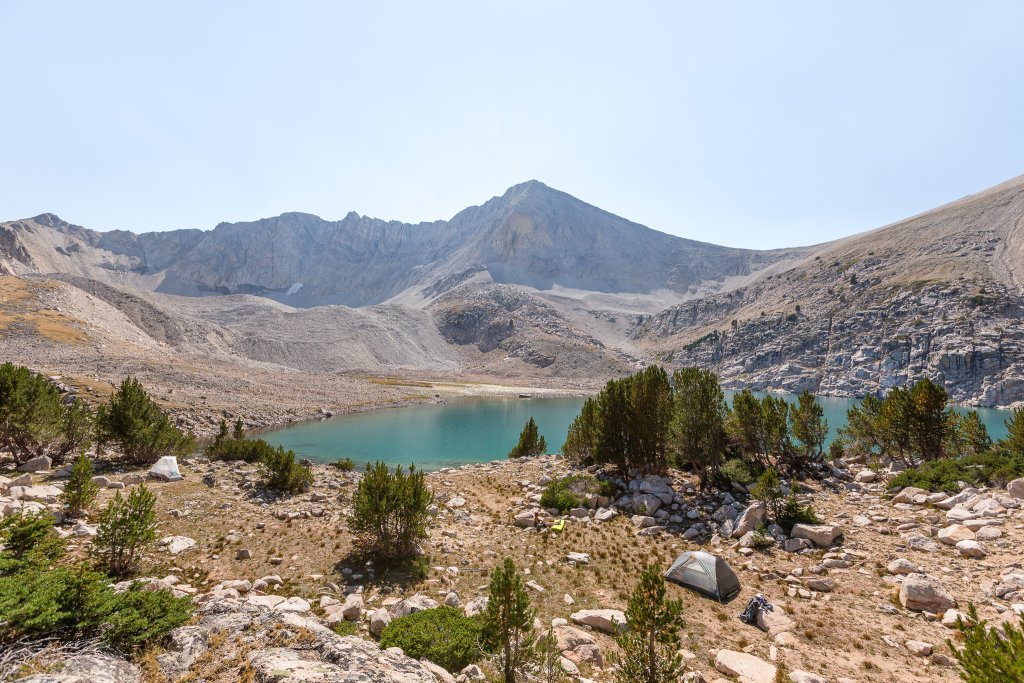
Keeping your distance from water sources when camping is crucial for both environmental preservation and personal safety. Camping too close to water sources can lead to contamination and potentially harms wildlife and humans. Experts recommend camping at least 100 feet from water sources, though management in some areas may require backpackers and pack stock to maintain a distance of at least 200 feet from water sources. However, these rules are generally not followed in river corridors, as campsites on guided river trips are sometimes just 25 feet from the water. On the other hand, a backcountry hot spring may prohibit campers from setting up within 500 feet of natural geothermal pools, so it is important to learn about local regulations before you go, as they may vary significantly. Additionally, camping away from water sources ensures a safer experience in the wilderness. Water levels can unexpectedly rise due to rainfall or snowmelt, leading to potential flooding hazards for campsites too close to the shore. Camping too close to lakes or streams also increases the risk of wildlife encounters, which can be dangerous if a wild animal is surprised or threatened.
When going to the bathroom, bathing or washing dishes, stay 200 feet from water sources to prevent contamination, as human waste, soap and food scraps can easily pollute water. While biodegradable soap is a great choice for those looking to lessen their environmental impact, it is important to remember that it should not be used in a natural water source.
Practice Proper Food Storage
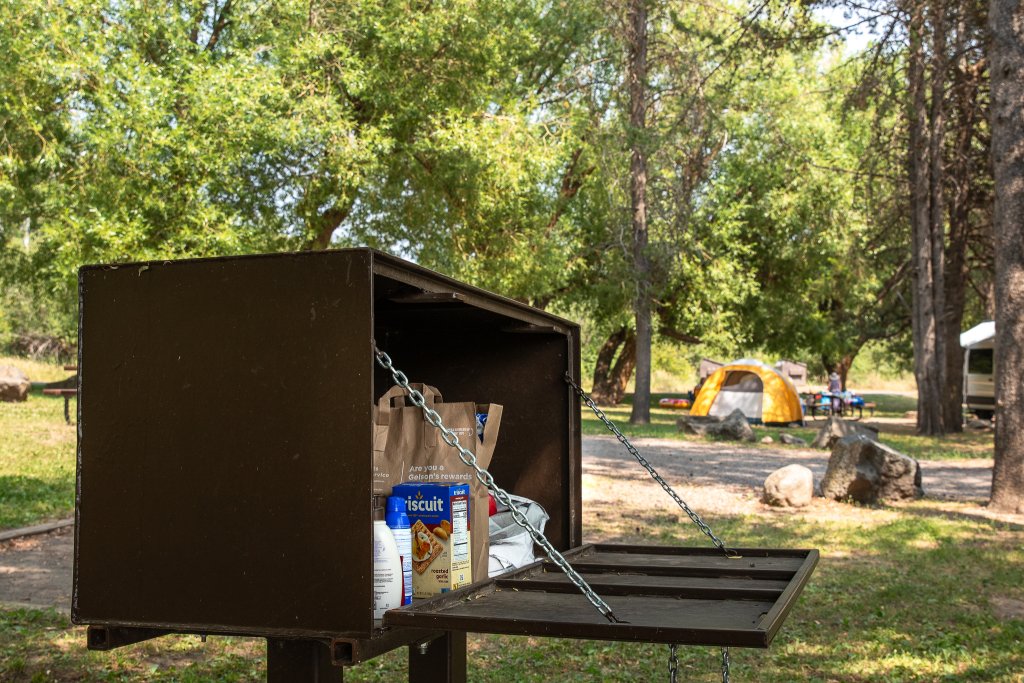
As a general rule, if you are camping and your food is not within arm’s reach, it needs to be stored somewhere secure. Wild animals like skunks, raccoons, rodents and birds will bite through tents, stuff sacks and backpacks to steal food, and if you are camping in bear country, extra measures may be required for food storage. Once bears learn to associate humans with food, they can become aggressive, leading to potentially harmful situations for both bears and people. In bear country, food should be stored in a closed, locked vehicle, or inside a properly secured bear locker (pictured above), a bear can or a bear hang. This also applies to trash, along with scented items including sunscreen, lotions, shampoo, chapstick and bug spray. Bear cans should be kept 300 feet from backcountry campsites in grizzly bear country, or 100 feet from sites in areas frequented by black bears.
For more information, read Travel With Care: Safety in Bear Country
Be Cautious with Campfires

Wildfire season peaks between July and September in Idaho, so be sure to check fire restrictions before building a campfire in the summer months. (The Idaho Department of Lands website has an interactive map of restrictions across the state, and you can also contact Idaho State Parks or other public land managers for more information.) Avoid lighting fires on hot, windy days, and make sure the space surrounding the fire pit is clear of brush and other flammable material. Buying firewood locally helps prevent the spread of invasive insects, though USDA-certified heat-treated firewood is safe to transport long distances.
For a complete guide, check out Travel With Care: Campfire Safety
Always burn campfires in designated areas, utilizing metal rings and existing rock rings, rather than constructing new ones. Never leave a fire unattended, and be sure to keep a jug or bucket of water near your campfire, along with a shovel. Fires should always be supervised by an adult, and monitoring a campfire means being prepared to extinguish it. To ensure your campfire is fully extinguished, drown it in water, stir with a shovel or stick, and repeat the process until the bottom of the fire pit is cool to the touch. Continue pouring water on the fire until the hissing stops, and place your hand directly above the ashes to ensure there is no heat coming from the fire pit.
Dispose of Waste Properly
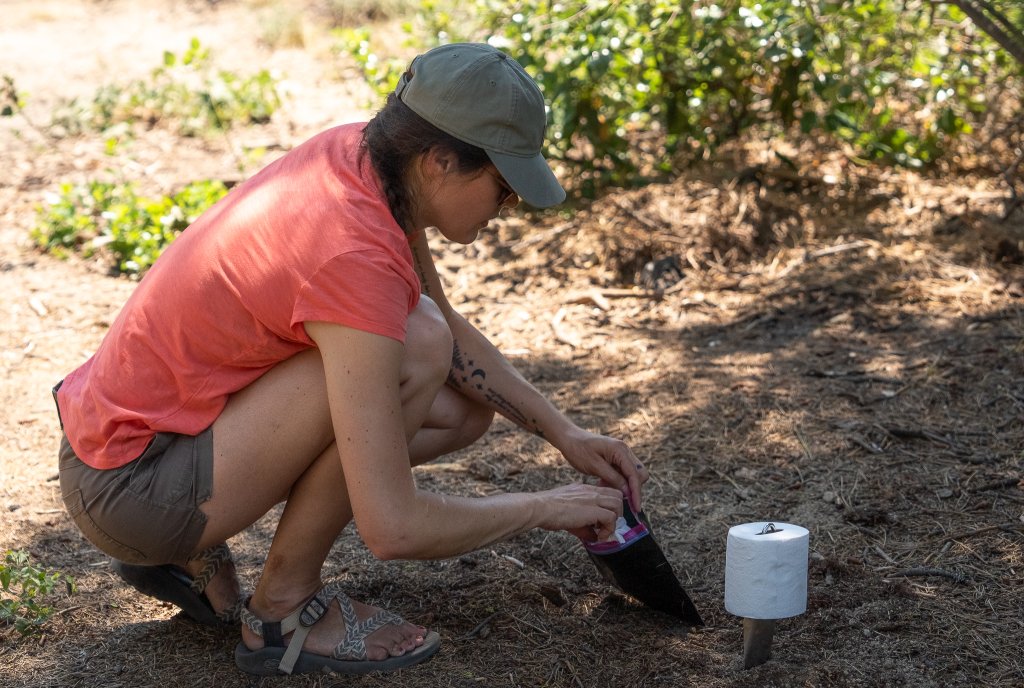
Proper disposal of waste is key in preventing the contamination of water and soil — and the spread of disease. Unsecured trash can also attract animals, leading to potentially dangerous encounters and disrupting their natural behaviors. Finally, setting up camp only to find garbage, or worse yet, human waste, makes for a very unpleasant experience, so as a courtesy to others, Care for Idaho and pick up after yourself.
If bathroom facilities are not available and nature calls, it is considered best practice to pick a spot at least 200 feet from campsites, water sources and trails. Instead of burying toilet paper, pack it out in a small trash bag, and the same goes for feminine hygiene products. Though biodegradable, toilet paper takes longer to decompose in many outdoor settings, and depending on the environment, it can stick around as long as three years. It can also attract wild animals, including rodents, and even domestic animals like dogs, who may dig for discarded toilet paper. If urinating, avoid doing so on plants; rather, aim for dirt, rocks and gravel, as the sodium in urine can damage vegetation. For solid human waste, use a trowel or rock to dig a hole at least six to eight inches deep, and cover it with dirt and natural materials like pine needles and sticks when you’re done. Or, in fragile alpine and desert areas, be open to using a WAG bag, like Cleanwaste. What’s a WAG bag? It stands for waste alleviation and gelling, and the bag contains chemicals that neutralize solid human waste, making it safe to dispose of with other trash. You can open the bag and squat right over it, or set it up on a portable toilet.
Trash, including food waste and toilet paper, either needs to be disposed of in a receptacle at camp, or packed out upon your departure. If camping in bear country without access to a garbage receptacle, all waste needs to be stored with food and toiletries, either in a vehicle, a bear can, a bear locker or a bear hang. After meals, it’s best to clean up your cooking area and dispose of any food scraps immediately, as animals, especially bears, have a very keen sense of smell. If you don’t have access to a sink, wipe all food waste from dishes and pans into a small trash bag with a rag or spatula, rather than tossing it in the bushes at camp. Scatter wastewater (aka gray water) away from campsites and water sources, and across a wide area, as dispersal minimizes the impact on soil and plants.
For more info, watch the video Travel With Care: Don’t Trash It
Be Courteous to Others
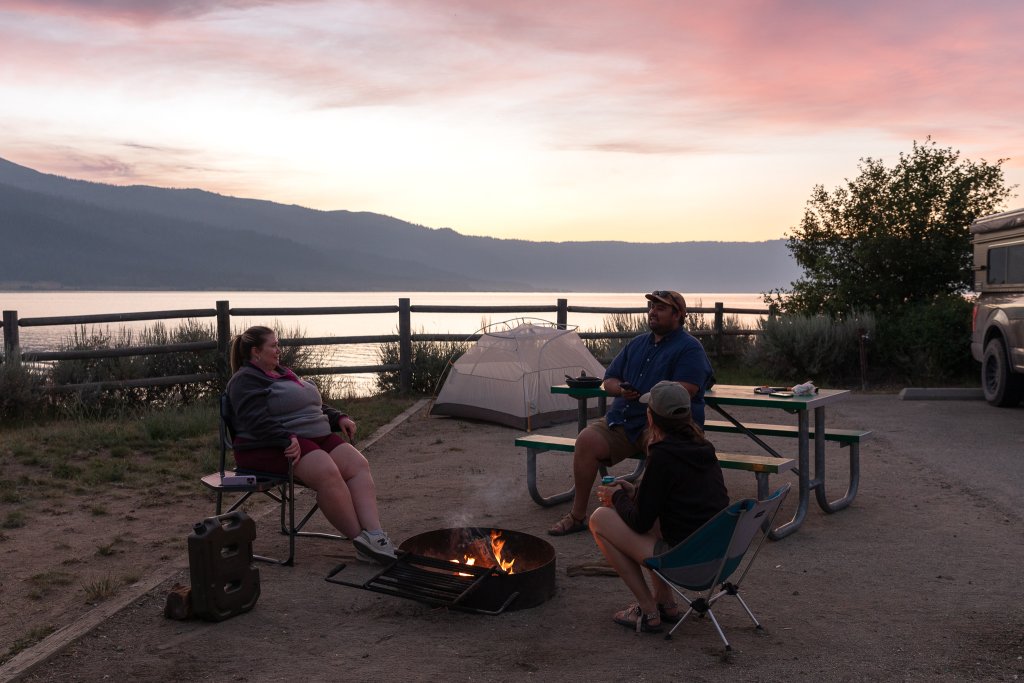
Campgrounds are shared spaces, so respect other campers’ privacy by sticking to established trails, rather than taking shortcuts between sites – or to restrooms. If there are plenty of spots available, try to pick one that isn’t right next to someone else, or in direct view of their site. If you plan to arrive late at night, remember to dim your headlights or lightbars as you approach camp, as a courtesy to others who might be sleeping. Be mindful of noise levels, especially in the early morning or evening. Beyond chatter around the campfire, this includes the use of portable speakers, along with generators on motorhomes and RVs. Many campgrounds will post signage with information about quiet hours, which are generally between 10 p.m. to 7 a.m.
Finally, use good judgment when sharing places online. If you feel an area doesn’t have the capacity or infrastructure to handle more visitors (e.g., ample parking, bathroom facilities and trash cans), it may be best to keep the location offline and just between family and friends.
Feature image credited to Elisabeth Brentano.Published on July 7, 2025
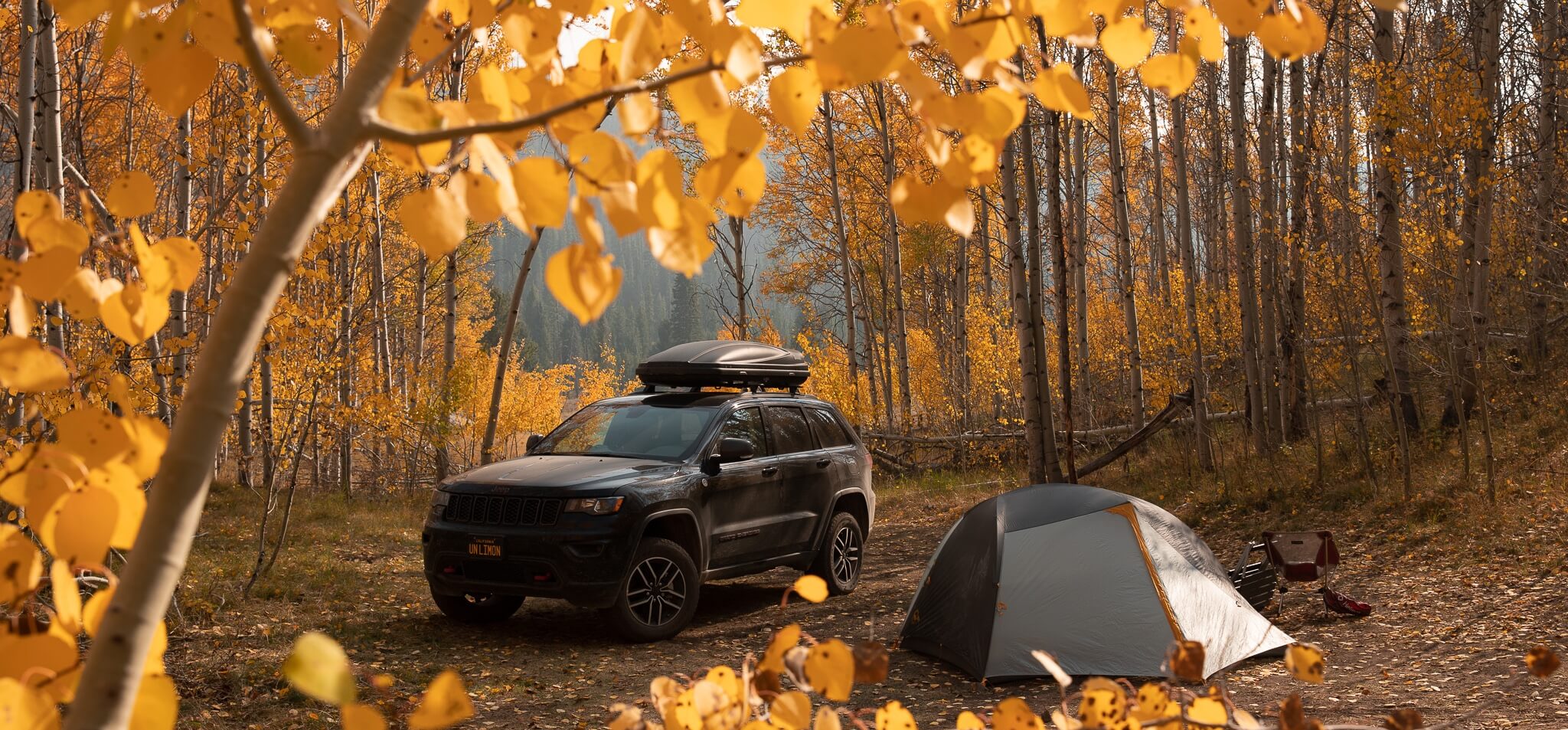




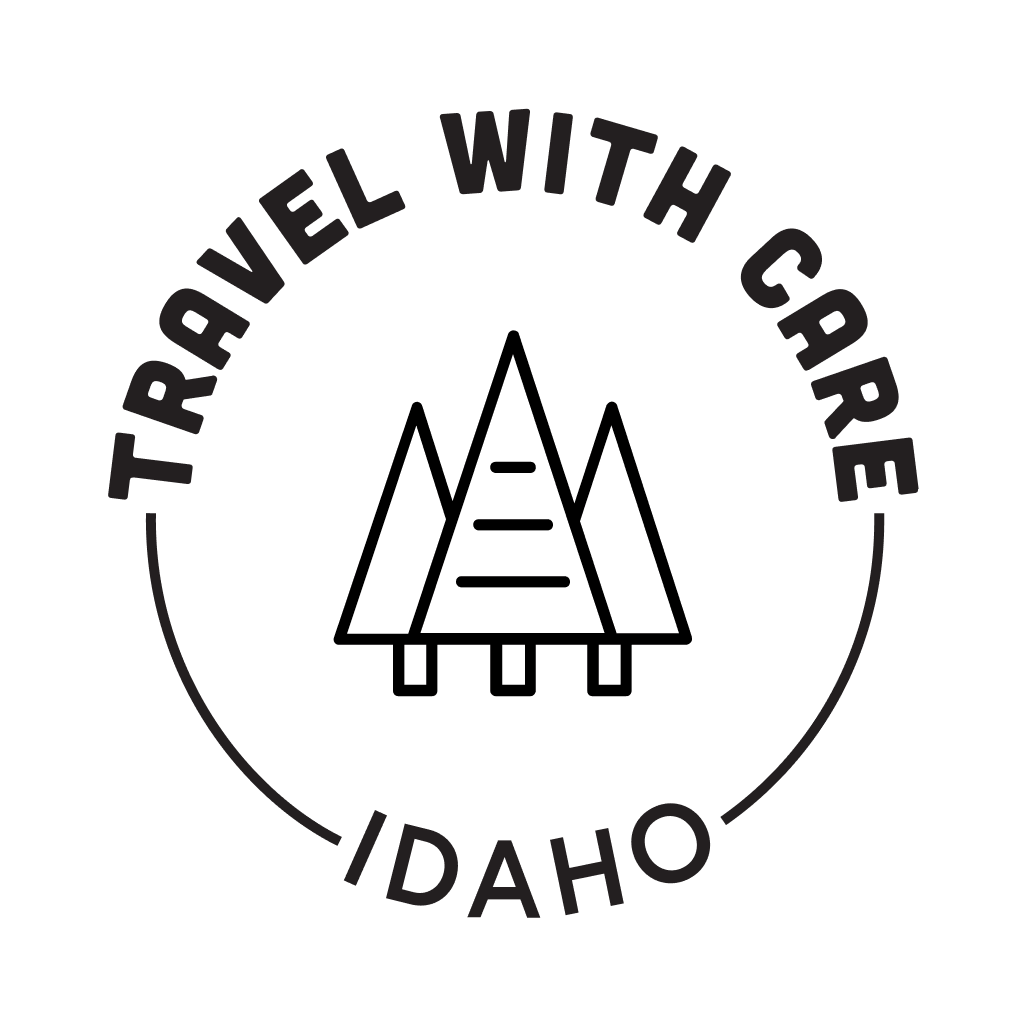
Elisabeth Brentano is a writer and photographer based in California, but her passion for nature takes her all over the world to produce travel and environmental content. You can follow her at @elisabethontheroad on Instagram.